Does this T wave pattern mean anything?
Dr. Smith's ECG Blog
OCTOBER 23, 2023
Written by Michael Doyle DO and Timothy Palmieri MD. Edited by Bracey, Meyers, Grauer, and Smith A 50-something-year-old female with a history of an unknown personality disorder and alcohol use disorder arrived via EMS following cardiac arrest with return of spontaneous circulation. The described rhythm was an irregular, wide complex rhythm. By EMS report, open pill bottles were found nearby at the scene, including quetiapine, fluoxetine, hydroxyzine, and gabapentin.

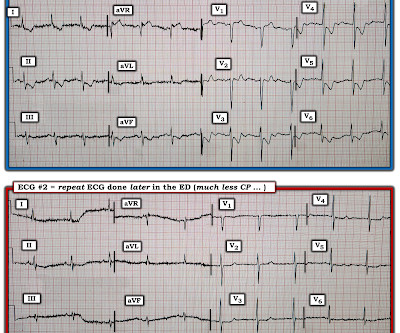



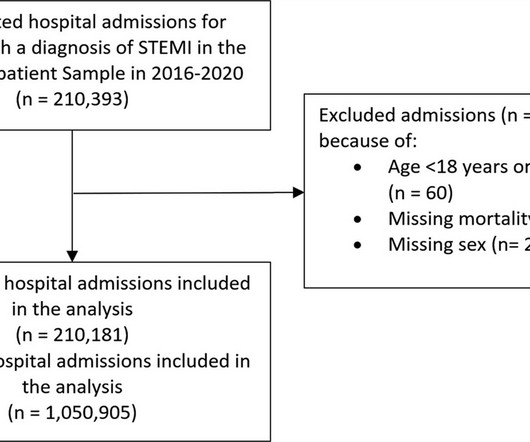

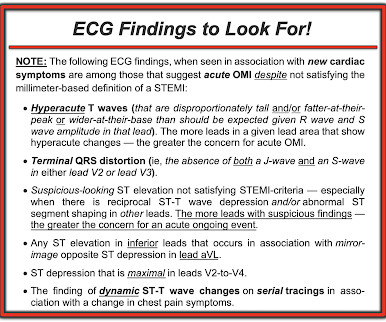





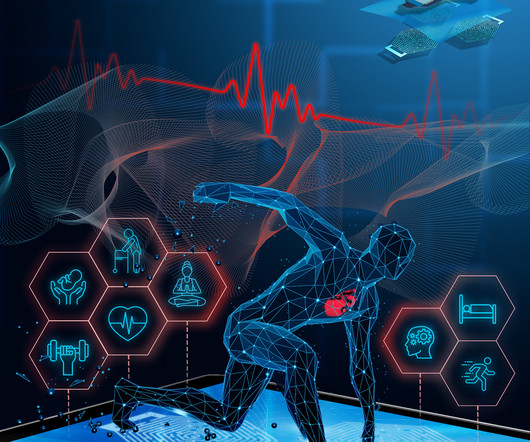


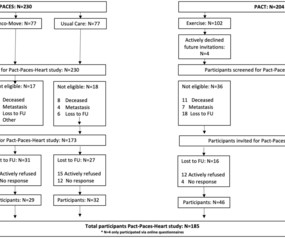












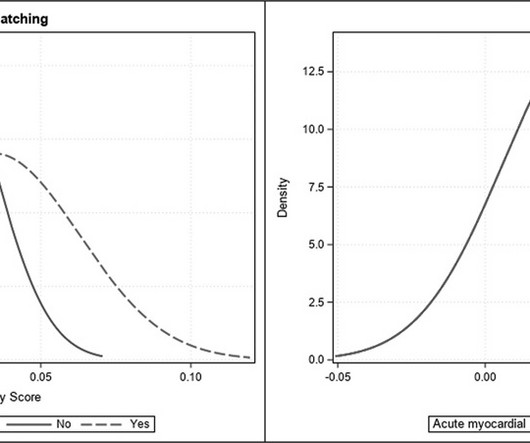

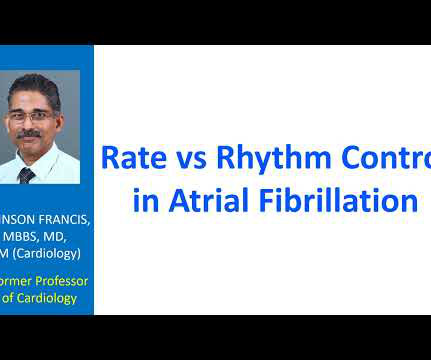
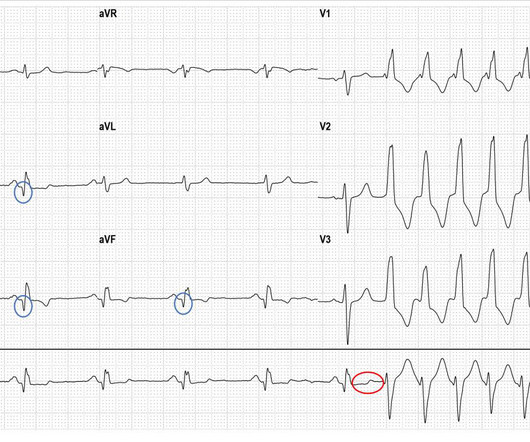











Let's personalize your content